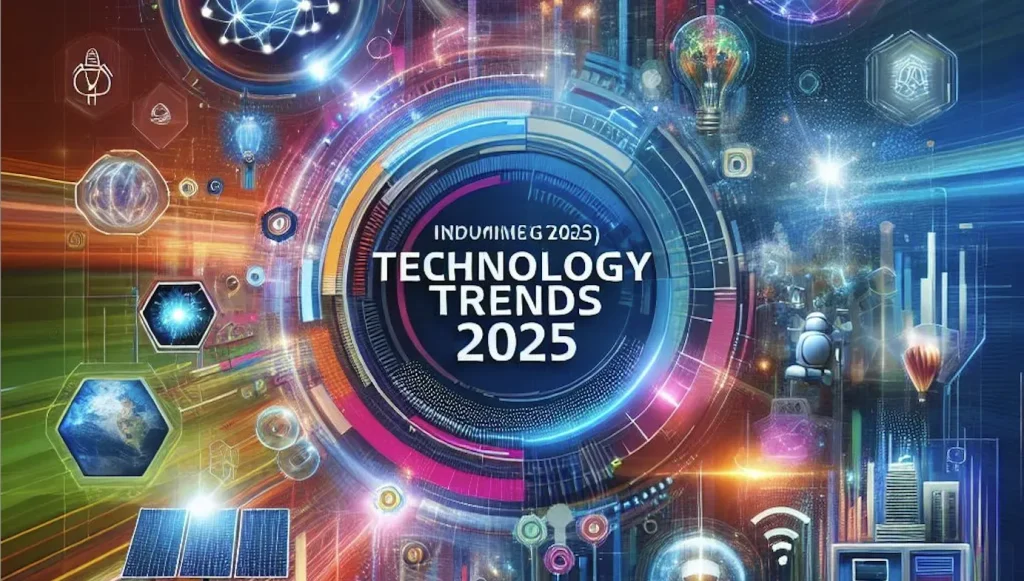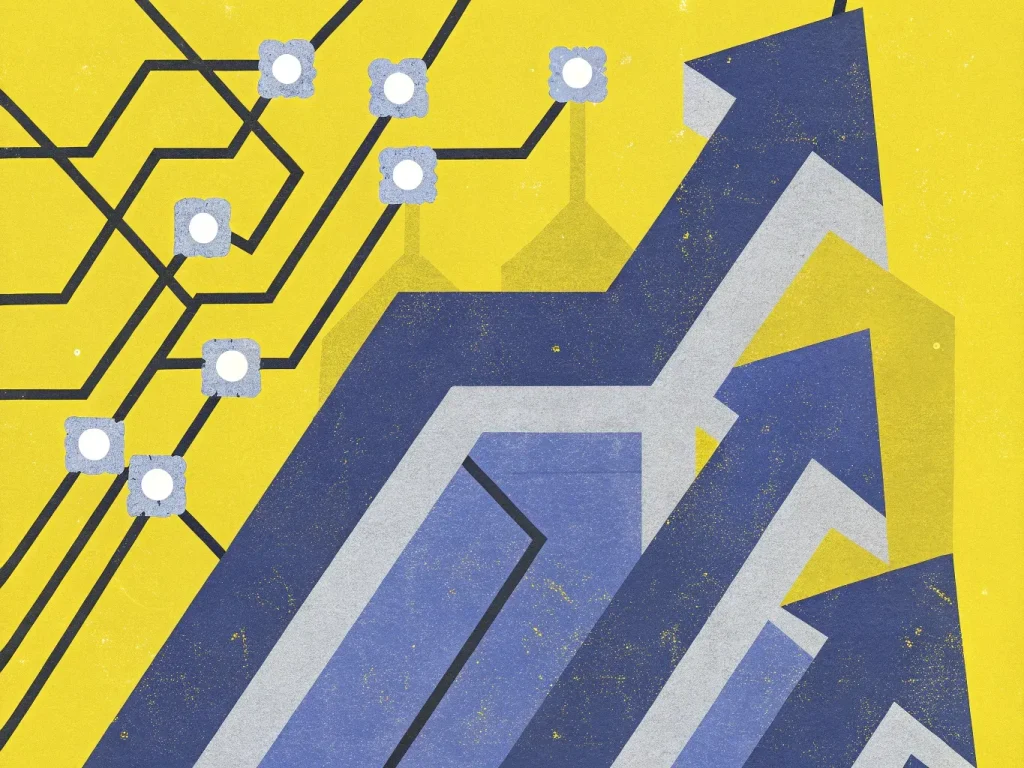Technology in healthcare is reshaping outcomes, expanding access, and transforming patient experiences in ways that clinicians and patients alike can feel, from faster diagnoses and safer treatments to more personalized care journeys that respect each person’s unique circumstances. From telemedicine to wearables, the ecosystem now thrives on continuous data streams, interoperable platforms, and practical workflows that enable remote advice, remote triage, and timely interventions across urban centers and rural communities. Digital health tools, remote patient monitoring, and electronic health records illustrate how care teams coordinate, measure, and adjust treatment plans with near real-time visibility, while empowering patients to participate in decision-making and maintain a clearer sense of ownership over their health. Beyond gadgets, the technology layer redesigns workflows by standardizing data definitions, enabling secure sharing, and supporting evidence-based protocols that span primary care, specialty services, and population health initiatives. As technology in healthcare continues to evolve, the promise grows: better access, higher quality, and more patient-centered care achieved through smarter, privacy-conscious systems that scale across diverse settings.
To frame this topic through an alternative lens, the health tech landscape emphasizes digital medicine, connected care, and health information technology that knit clinicians and patients into a shared, data-informed journey. From predictive analytics to patient portals and interoperable clinical data stores, these terms reflect an ecosystem where clinical informatics and software-enabled workflows support proactive decision-making. LSI-friendly language like smart health solutions, data-driven care, and patient-centric informatics helps audiences grasp how modern systems coordinate records, insights, and patient engagement without overloading the message with a single flagship term. Together, these synonyms point to the same objective: improving outcomes, expanding access, and safeguarding privacy as care becomes more digital, networked, and responsive to individual needs.
Technology in healthcare: Building interoperable ecosystems for patient-centered care
Technology in healthcare underpins a shift toward interoperable systems that connect telemedicine, wearables, remote patient monitoring (RPM), and electronic health records (EHRs). By weaving digital health tools into everyday clinical workflows, care becomes more data-driven, patient-centered, and coordinated across settings.
Achieving this level of integration requires common data standards, governance, and secure interfaces. Interoperability reduces redundancies, accelerates clinical decision-making, and unlocks evidence from wearable data within EHRs to inform personalized care plans.
Telemedicine and access: Extending care beyond the clinic walls
Telemedicine extends access and convenience by enabling remote consultations, triage, and follow-up visits. Patients in rural or mobility-limited communities benefit from shorter wait times and easier access to specialists, while clinicians gain flexible scheduling and broader reach.
To sustain telemedicine’s benefits, reimbursement models and regulatory frameworks must align with virtual care, and telehealth platforms should integrate with electronic health records for seamless documentation and billing. Privacy, security, and user experience are essential as care moves beyond the clinic.
Wearables and real-time monitoring: Turning data into proactive care
Wearables provide continuous streams of physiological data, giving clinicians real-time context and longitudinal insights. From heart rate variability to activity trends, these signals help detect early deterioration and guide treatment within digital health ecosystems.
When wearable data feeds into clinical dashboards and EHRs, care becomes more proactive and personalized. Ensuring data quality, addressing privacy concerns, and promoting patient engagement are key to turning sensor readings into meaningful clinical actions.
Digital health platforms: Empowering patients and streamlining clinical workflows
Digital health platforms empower patients with education, self-management tools, secure messaging, and online scheduling. These capabilities strengthen engagement and align patient goals with evidence-based care across care teams.
For clinicians, digital health tools can reduce administrative burden and standardize care pathways. Decision support that leverages telemedicine visits, RPM insights, and wearable data helps translate data into actionable recommendations.
Remote Patient Monitoring: Extending care beyond the clinic
Remote Patient Monitoring extends care beyond the clinic by using sensors and connected devices to track vital signs and disease markers at home. Real-time data enables timely interventions, better chronic disease management, and smoother transitions from hospital to home.
RPM success depends on reliable data transmission, ongoing patient engagement, and thoughtful workflow integration so clinicians know when to intervene and patients stay connected to their care teams.
Electronic Health Records and interoperability: From data silos to unified insights
Electronic Health Records form the backbone of modern care, consolidating clinical histories, imaging, labs, and notes into a single digital repository.
Interoperability challenges persist, requiring standards, governance, and incentives to move data securely across providers. Addressing privacy and security concerns is essential to ensure coordinated, patient-centered care.
Frequently Asked Questions
What is Technology in healthcare and how does telemedicine extend access to care?
Technology in healthcare refers to the use of digital tools and systems to improve care delivery, data access, and patient outcomes. Telemedicine is a core part of this ecosystem, enabling remote consultations, diagnoses, and follow-ups—bringing care to patients who are rural, have mobility issues, or prefer minimal in-person visits. By reducing travel, wait times, and scheduling barriers, telemedicine makes healthcare more accessible while helping clinicians triage and manage conditions more efficiently.
How do wearables contribute to Technology in healthcare for real-time monitoring and proactive care?
Wearables provide continuous streams of physiological data—such as heart rate, activity, and sleep—that feed real-time insights into a patient’s health. When integrated with electronic health records and clinical dashboards, these data support early warning signs, treatment adjustments, and personalized care plans. This wearable-led data approach keeps patients engaged and empowers providers to act promptly, improving chronic disease management.
What is the impact of digital health on patient engagement and care delivery within Technology in healthcare?
Digital health encompasses apps, platforms, and services that support health management, education, and communication. Patient portals and secure messaging enhance engagement and adherence, while digital health tools streamline administrative tasks and support evidence-based decisions for clinicians. Together, digital health drives more informed patients and more efficient, data-informed care delivery.
How does Remote Patient Monitoring (RPM) integrate with telemedicine and wearables in Technology in healthcare?
RPM uses connected devices to monitor vital signs and other metrics remotely, often feeding data into telemedicine workflows. Clinicians can review real-time data, trigger timely interventions, and coordinate care without in-person visits. Effective RPM relies on reliable data transmission and well-designed workflows that route information to the right clinician at the right time.
Why are Electronic Health Records (EHRs) central to Technology in healthcare, and what interoperability challenges exist?
EHRs provide a centralized digital repository for patient histories, labs, imaging, and notes, enabling continuity of care across teams. However, interoperability remains a major hurdle; data must move securely and efficiently between different systems. Achieving interoperable EHRs requires standards, governance, and incentives aligned with patient-centered goals to realize a seamless information flow.
What are best practices for safeguarding privacy and security in Technology in healthcare when using telemedicine, wearables, digital health, RPM, and EHRs?
Protecting patient trust starts with strong data governance, secure communications, and robust authentication and encryption. Clear patient controls, consent management, and regular security audits help maintain privacy across technologies. Compliance with regulatory requirements, ongoing staff training, and risk-based security measures ensure safer deployment of digital health tools and health information systems.
| Area | Key Points |
|---|---|
| Telemedicine | Remote consultations, diagnosis, and follow-up care; reduces barriers in rural/underserved areas; shorter wait times; flexible scheduling; access to non-local specialists; clinicians can triage, monitor chronic conditions, and deliver timely interventions; supports new reimbursement models and regulatory frameworks. |
| Wearables | Continuous physiological data streams enable early warning signs detection, treatment adjustments, and proactive self-care; longitudinal data reveals trends and responses to therapy; when integrated with EHRs and dashboards, enable more precise, personalized care. |
| Digital Health | Apps, platforms, and services that support health management and communication; patient portals, secure messaging, online scheduling improve engagement and adherence; streamlines administrative tasks and standardizes care pathways; supports evidence-based decision-making; raises questions about accessibility, literacy, and equity. |
| Remote Patient Monitoring | Sensors/devices track vital signs and other metrics remotely; real-time or near real-time observation enables timely interventions, discharge planning, and proactive chronic-disease management; can reduce readmissions, lower costs, and improve patient satisfaction; requires reliable data transmission, patient engagement, and thoughtful workflow integration. |
| Electronic Health Records | Consolidate patient information into a single digital repository to support continuity of care and reduce redundancies; interoperability remains a challenge; data must flow securely between providers; standards, governance, and incentives align with patient-centered goals. |
| Integrating the Ecosystem | Data management and protection underpin the ecosystem; privacy, cybersecurity, and consent are essential; robust data governance, secure communications, and transparent patient controls build trust; strong authentication, encryption, and regular security audits are needed. |
| Clinical Impact and Patient Experience | Real-time monitoring through wearables and RPM supports earlier detection and therapy adjustments; telemedicine expands access and reduces travel; digital health tools engage patients and improve adherence, satisfaction, and health literacy. |
| Challenges and Considerations for Adoption | Resource constraints, workflow disruption, and interoperability gaps can hinder adoption; training for clinicians and ongoing patient education are essential; equity in internet access, devices, and digital literacy is critical; regulatory, reimbursement, and data-governance considerations matter; phased pilots with feedback and measurable outcomes help ensure sustainable benefits. |
| The Future of Technology in Healthcare | Increasingly intelligent systems and analytics will augment clinical judgment; predictive models may anticipate adverse events and guide preventive care; devices and platforms will continue to integrate, with core principles of improving access, quality, privacy, and patient-centered care; collaboration among clinicians, technologists, and policymakers will shape a future where data translates into meaningful health outcomes. |
Summary
Conclusion


